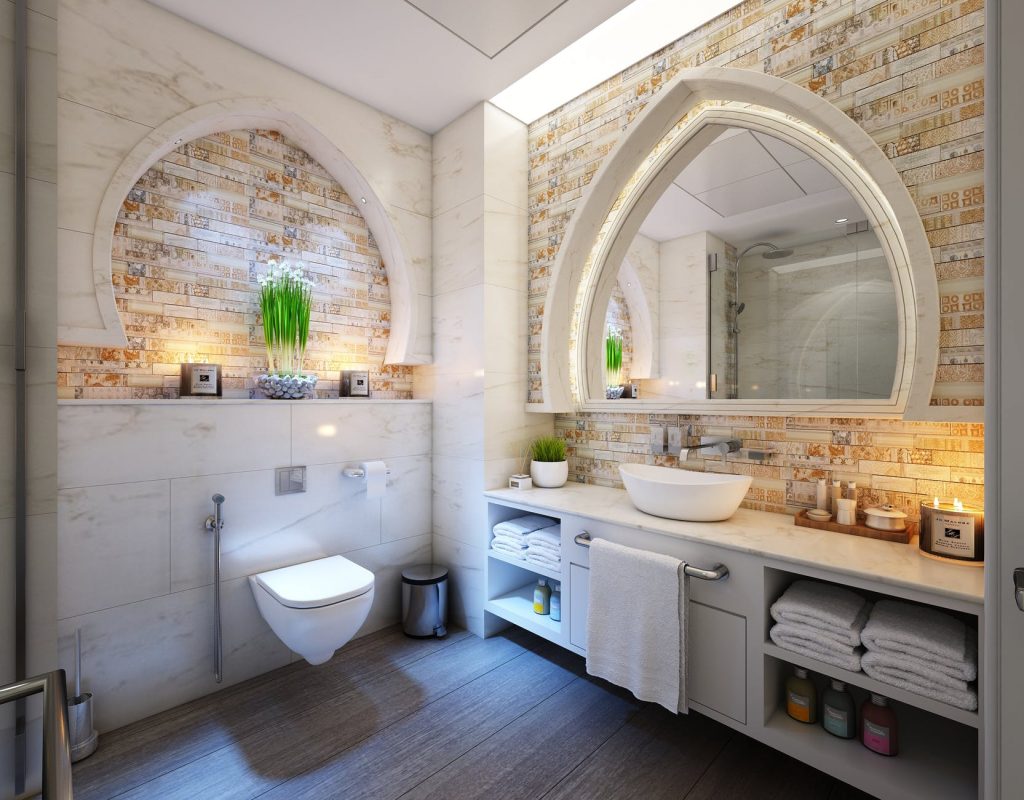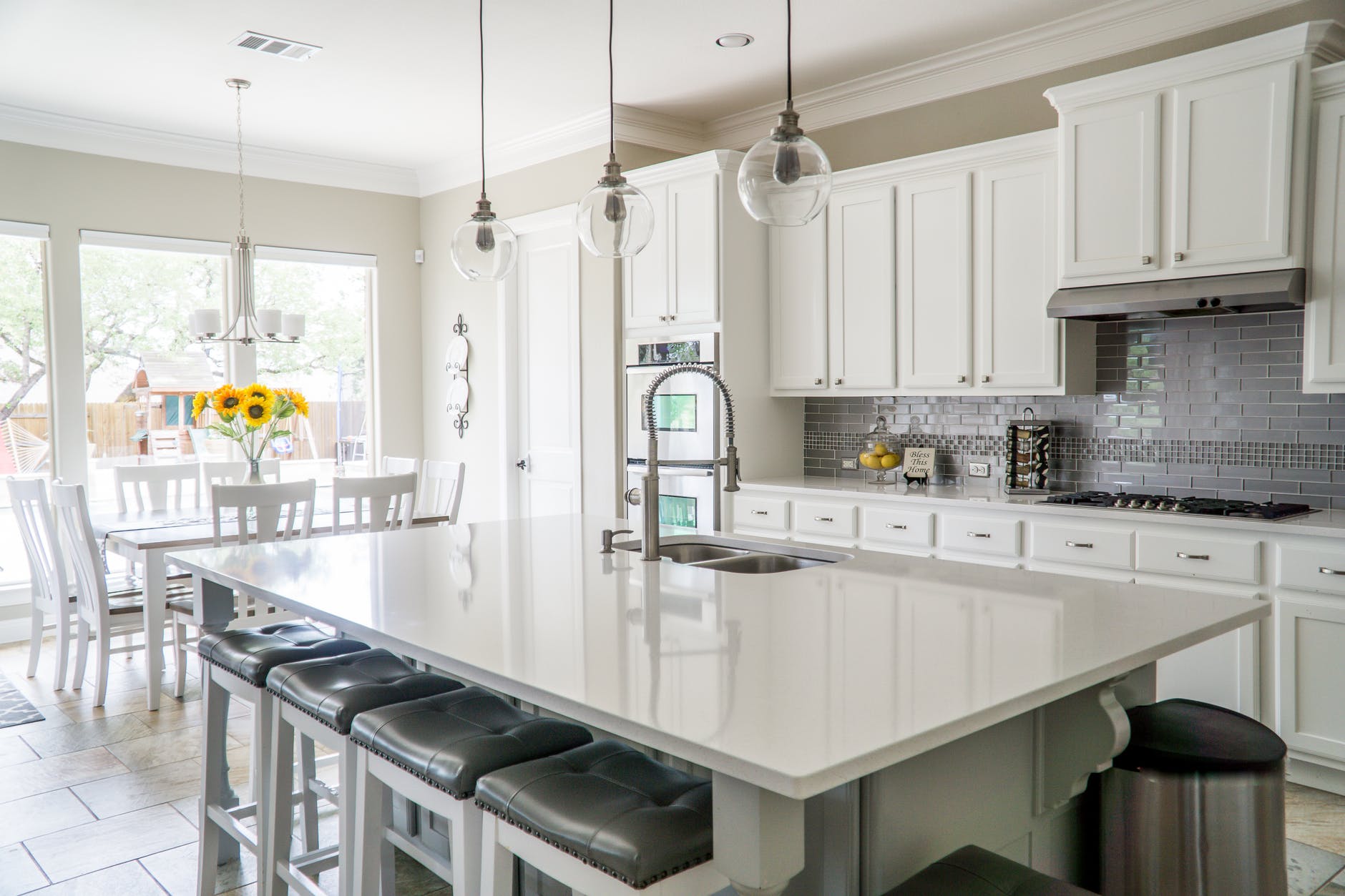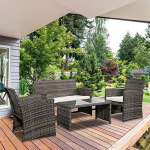The Process of Designing Your Home
Each design procedure is one of a kind, and this guide to design your property is just a guide. Developing a building will involve several considerations and obstacles depending on the requirements and preferences of the owner. Here we go through the process of creating the perfect residential building for you, from preliminary research through to the final design and details.
Stage 1: Preliminary research
This initial step is clarified in detail in preliminary research, which covers:
> analysing your present home and way of life
> building up your design brief
> choosing your budget
> investigating sources of professional advice for each phase of decision
Stage 2: Pick your designer
Picking the right designer for your plan is the most important action on the way to your new home.
Architects and building designers:
Designers fit into one of two fundamental classifications: architect or building
designer.
In Australia, architects are registered and regulated, and the laws that governed them vary from state to state. To get registration under the Architects Accreditation Council of Australia, one must have a degree in architecture or have equal capabilities, take a series of experiential training and pass a training examination.
Choose a designer based on their experience, capabilities and shown ability to convey the sort and style of home portrayed in your brief and for your climate zone. They should be understanding of your vision and be familiar with the local climate. Be sure you
Look for their professional indemnity insurance. Look for references from their past customers and, and if possible, visit homes that the designer has finished.
Stage 3: Site analysis
Visit the site with your designer to complete a ‘SWOT’ investigation (strengths,
weaknesses, opportunities and threats). This is your first opportunity to work with your planner to check whether your plans are in line with each other. It can be of a paid discussion or can be a piece of the plan contract laid out in the following stage.
Stage 4: Brief development, price proposal and design contract
On the chance that your contract was not signed before, it is normally signed at this part. If you are hesitant after talking about the designer’s site analysis and price proposition, consider looking for other options from another creator.
The brief you started in the preliminary research stage remains a ‘living archive’ that is habitually refreshed all through the planning process as a record of your choices. It should also be the basis of the designer’s price proposition.
Stage 5: Concept Designs
Designers regularly set up a few ideas plans to convey their reasoning and allows you to survey them against your brief. They can run from a straightforward bubble diagram or idea cloud, through to hand-drawn ideas of shape and spatial plans. Let the designer know the major preferences you have such as bathroom ideas and bathroom packages you already have your eye on.

Stage 6: Design Development
Through exchange with your designer, pick the concept outline that best suits your necessities. The designer at that point builds up the idea into a starter design. More than one approach can be produced in along these lines but each new idea may expand the expenses.
This vital stage includes preliminary room arrangement, sizes of windows and openings, overall furniture designs and initial decision of development frameworks. Take your time picturing your current house, have issues been solved? Ensure you mention any special requirements such as wider doorways for health equipment rental or non-slip flooring to ensure fall prevention for an elderly resident and children.
Stage 7: Final Design
The final design is usually when spending becomes evident, and cost decreases are then made. This point is typically the single most prominent risk to the natural certainty of your house since sustainability features are regularly viewed as ‘discretionary’ and dispensed within the exchange of process even though they may have practical uses.
Step 8: Council approval; Planning and construction certification
Direct plans on sites that are not subject to demanding arranging controls are generally submitted to the chamber for development endorsement. One arrangement of plans can address both arranging and construction detailing. For more complicated plans that tests the standard approval process, separate entries can be beneficial.
Stage 9: Design Detailing
In this stage, design and construction elements are settled and documented. These records usually include:
> working illustrations (details of how the plan is to be assembled)
> a detail of the materials, models, and items to be utilized
> engineering design and certification.
This (or more itemized forms) are additionally given to developers when they are welcomed to tender for the work and build the premise of your contract with your developer.
Schedules of materials and nature of finishes are documented in the specifications by reference to Australian Standards, industry meanings of practice and wanted results that are not noted on the plans. Specifications are important to accomplishing supportable results since it is here that maintainable incorporations, practices and finishes are implied and connected to the agreement.




